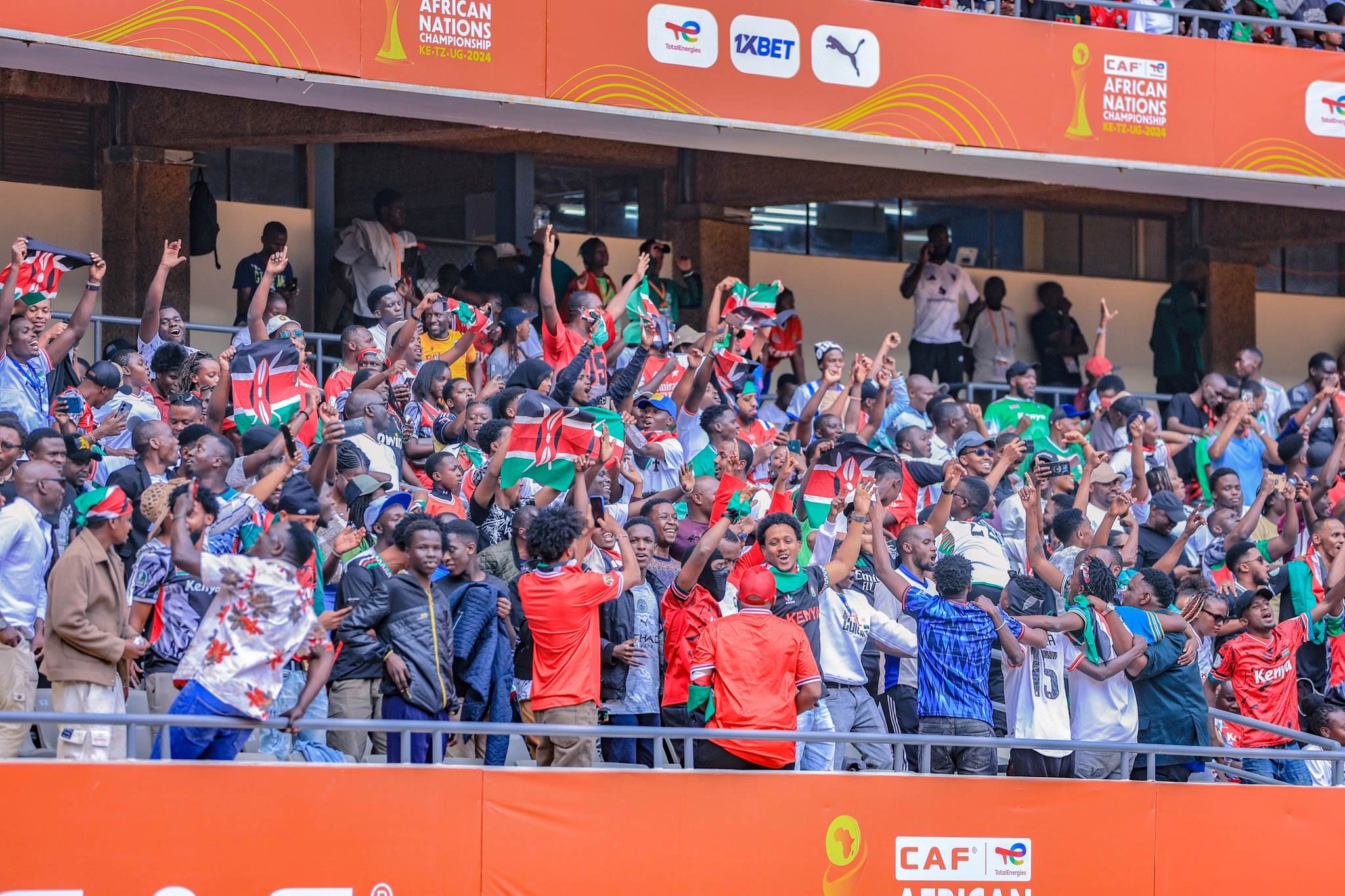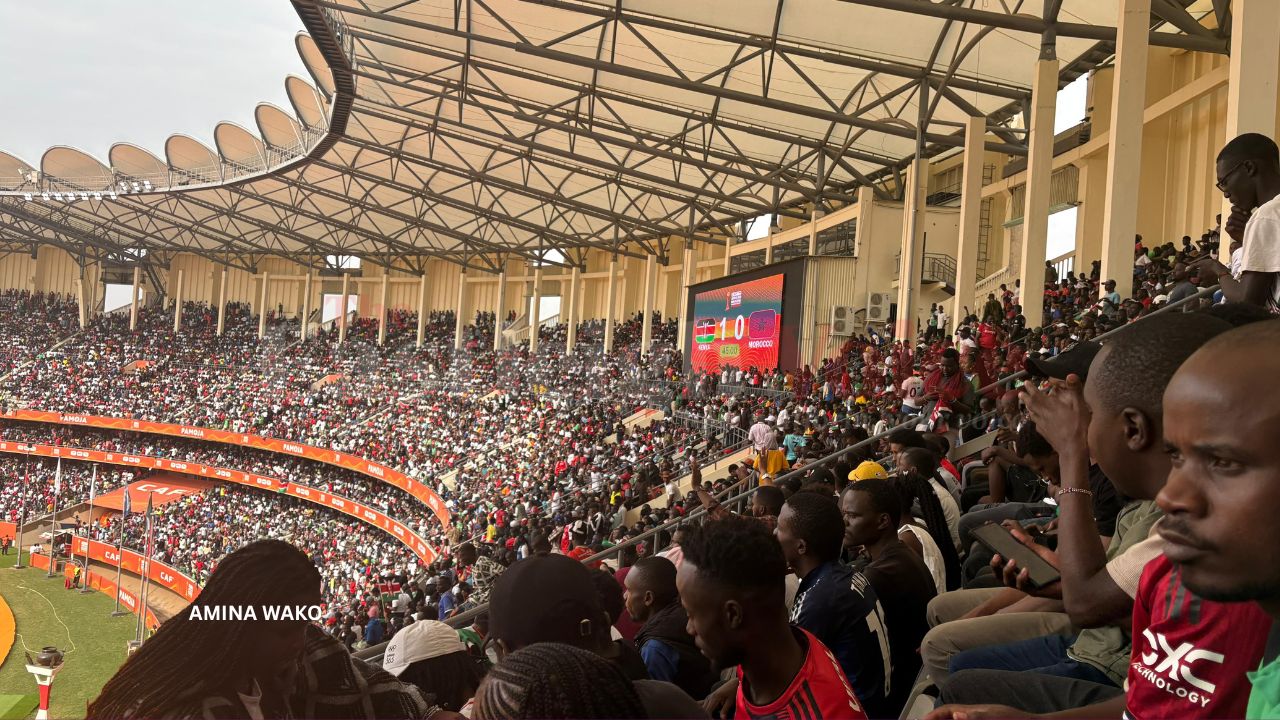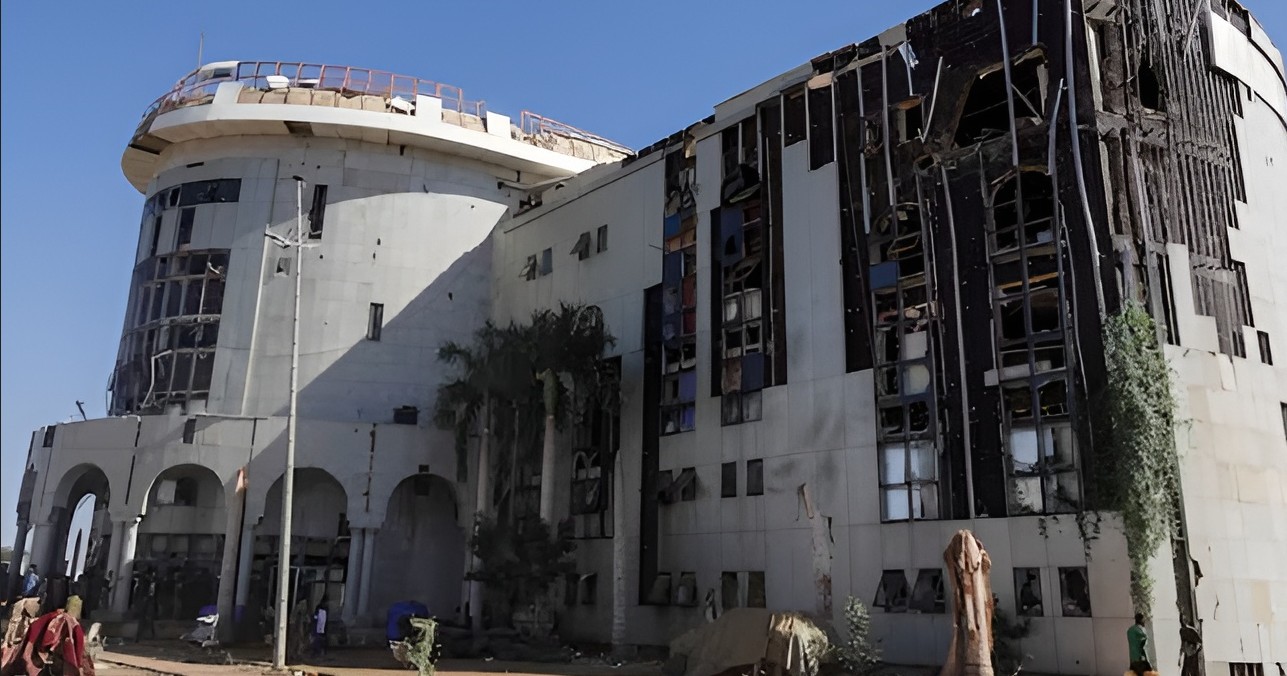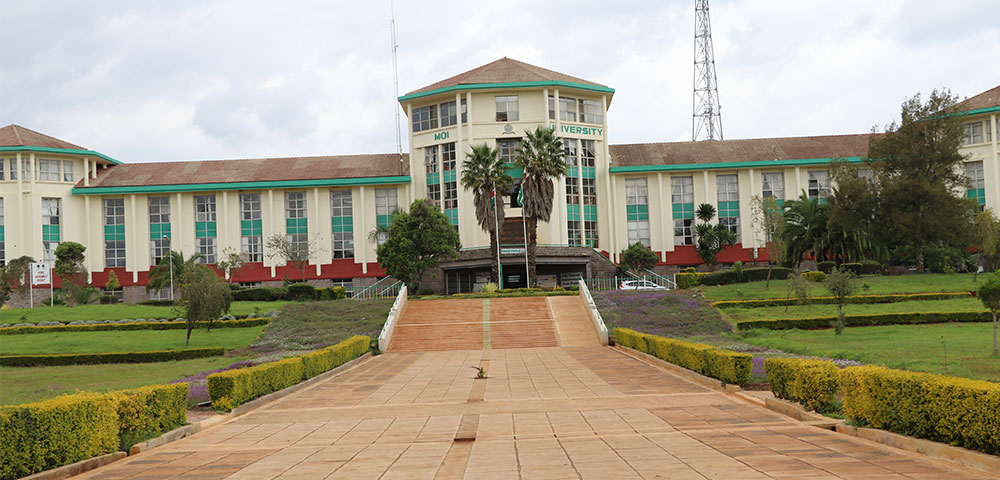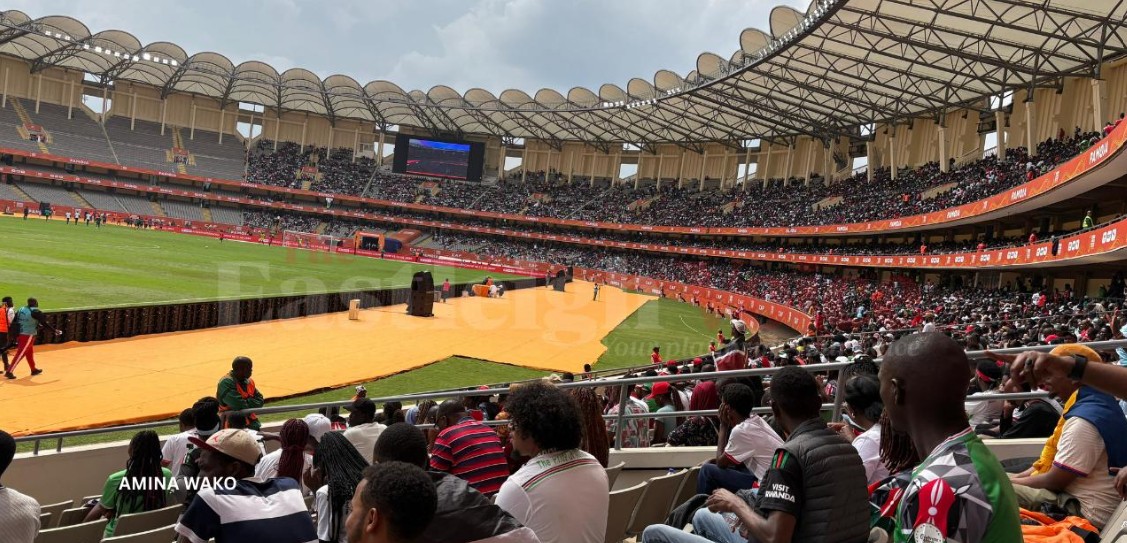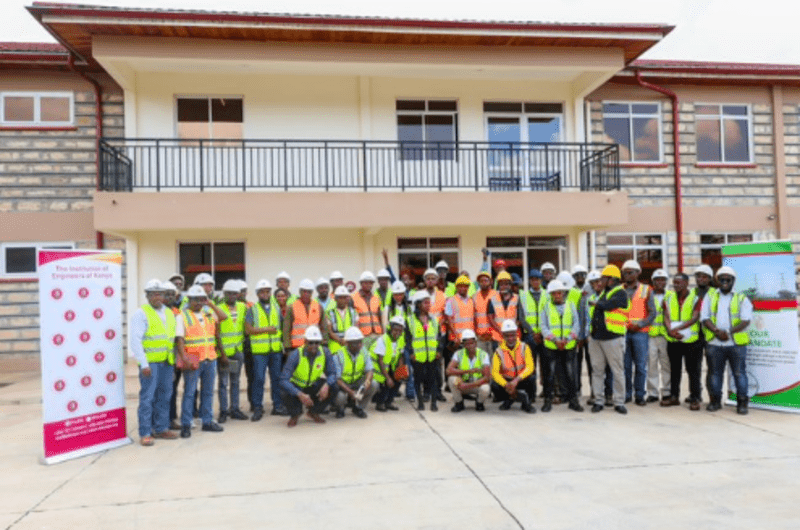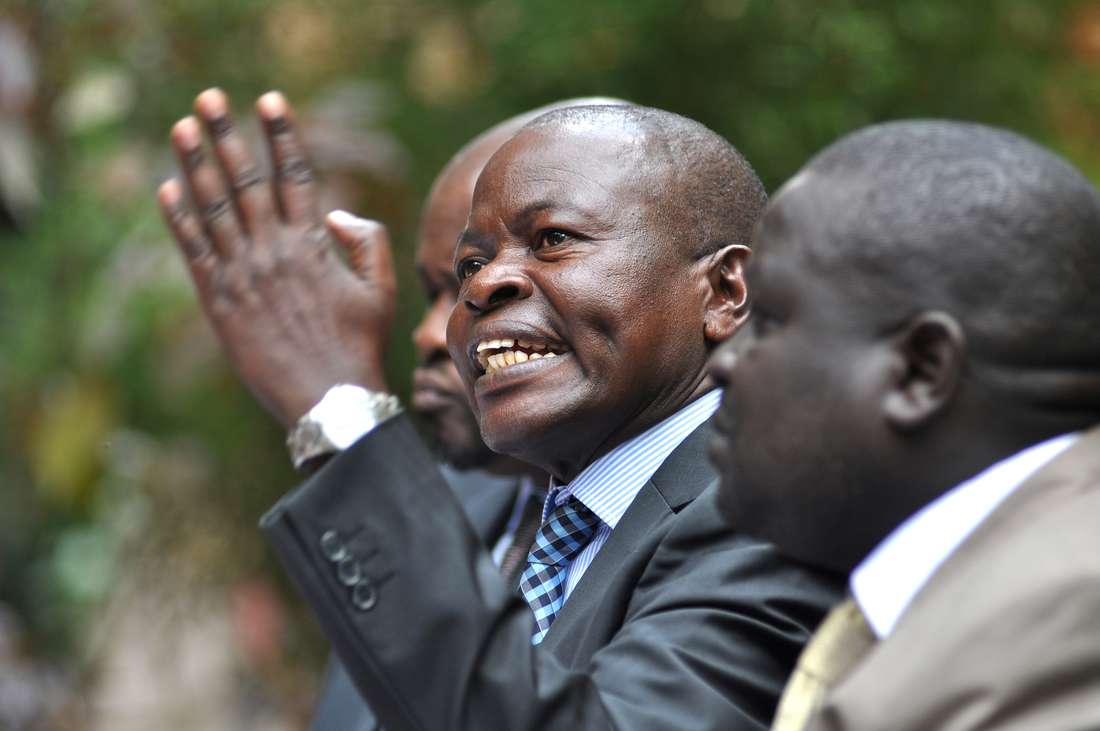Kenya's retail and hospitality sectors slow as consumers cut spending in 2025
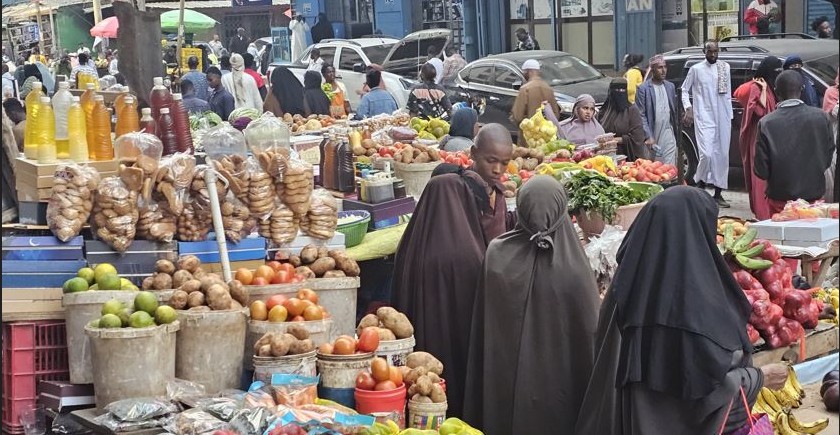
The latest Kenya Market Update report by real estate consultancy Knight Frank shows that the hospitality industry, which had been buoyed by post-pandemic recovery momentum, recorded a sharp deceleration.
Kenya’s retail and hospitality sectors slowed significantly in the first half of the year as tighter household budgets and economic uncertainty weighed on consumer activity.
The latest Kenya Market Update report by real estate consultancy Knight Frank shows that the hospitality industry, which had been buoyed by post-pandemic recovery momentum, recorded a sharp deceleration.
More To Read
- 'Public funds not enough': Treasury CS Mbadi rallies support for public-private partnerships to close infrastructure gap
- Kenya’s prime office rents stagnate for fourth quarter despite rising demand, Knight Frank report shows
- Safaricom’s Ndoto Zetu initiative elevates maternal health in Kamukunji's Eastleigh with bed donation
- National Treasury scraps Sh337 billion High Grand Falls dam project, citing failed evaluation report
- Treasury tightens PPP rules amid public outrage over secretive infrastructure deals
- Kenya sees sluggish growth in high-net-worth individuals amid economic headwinds – Knight Frank
Growth dropped to 4.1 per cent in Q1 2025, down from a strong 38.1 per cent surge during the same period last year.
“This slowdown reflects a normalisation phase amidst global economic pressures impacting travel spending,” the report notes.
Still, international arrivals grew by 3.5 per cent in the first four months of the year, surpassing 750,000 visitors.
The retail sector also faced headwinds. According to the report, despite signs of global and local economic recovery, falling real incomes have reduced disposable earnings, leading to weaker consumer spending.
Rising product prices
This strain is worsened by rising product prices, as manufacturers pass on higher production costs—driven by increased tariffs, taxes, levies, and global geopolitical tensions—to consumers.
“Consequently, mall footfall has declined, as many consumers opt to limit their visits,” the consultancy said.
For tenants, this has translated into reduced revenues. While the slowdown is not yet severe enough to force rent adjustments, prime rents remain steady at around Sh600 per square foot per month (exclusive of VAT). Some properties, however, achieve higher rates depending on location, appeal, services, and building specifications.
In response, major retailers—particularly supermarkets—are shifting strategies by expanding into residential neighbourhoods.
“By bringing services closer to consumers, they aim to sustain engagement and spending, even in the face of economic pressure,” the report adds.
Beyond retail and hospitality, other sectors showed stronger performance.
Office market resilience
The office market demonstrated resilience, with prime occupancy rising to 77.7 per cent by mid-year. This was driven by growing demand for Grade A developments and continued expansion of flexible workspace providers and business process outsourcing (BPO) firms.
Infrastructure also received a boost after years of constrained spending caused by Kenya’s high public debt. The 2025/26 national budget allocated Sh217.3 billion to road development, a 12.3 per cent rise from Sh193.4 billion in 2024/25.
To ease fiscal pressures, the government is increasingly relying on public-private partnerships (PPPs). Out of 33 PPP projects identified during the review period, eight are active, while 25 remain in the pipeline.
“This strategic shift aims to enhance infrastructure delivery while easing budgetary burdens,” the consultancy observed.
Meanwhile, the prime residential market stayed robust, with year-on-year sales prices rising 5.63 per cent and rents increasing nearly eight per cent. Strong demand from high-net-worth individuals and expatriates kept occupancy high, even as developers pivoted toward affordable housing.
The industrial sector also maintained steady momentum. Investments in manufacturing zones and logistics hubs supported growth, with manufacturing expanding by 2.1 per cent in Q1—up from 1.9 per cent in the same period in 2024. Transport and storage grew by 3.8 per cent, slightly below last year’s 4.1 per cent.
Top Stories Today
